Affiliate links on Android Authority may earn us a commission. Learn more.
Samsung announces Tizen 4.0 and Tizen RT for lightweight devices
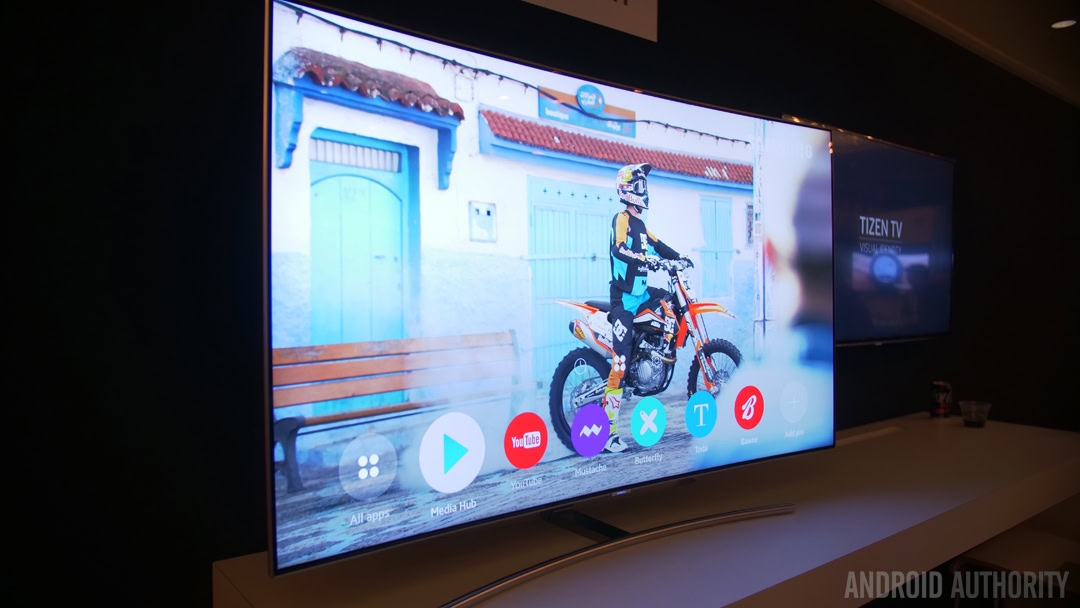
At the Tizen Developers Conference in San Francisco today, Samsung teased the release of Tizen 4.0 and introduced Tizen RT (real time) for lightweight devices. The company reiterated that Tizen is the world’s most successful Linux-based embedded OS that appears in almost all of Samsung’s product portfolio (barring its Android-based smartphones of course). The rise of IoT and wearables in recent years has only bolstered Tizen’s growth – so much so that it recently overtook Android Wear for smartwatch market share.
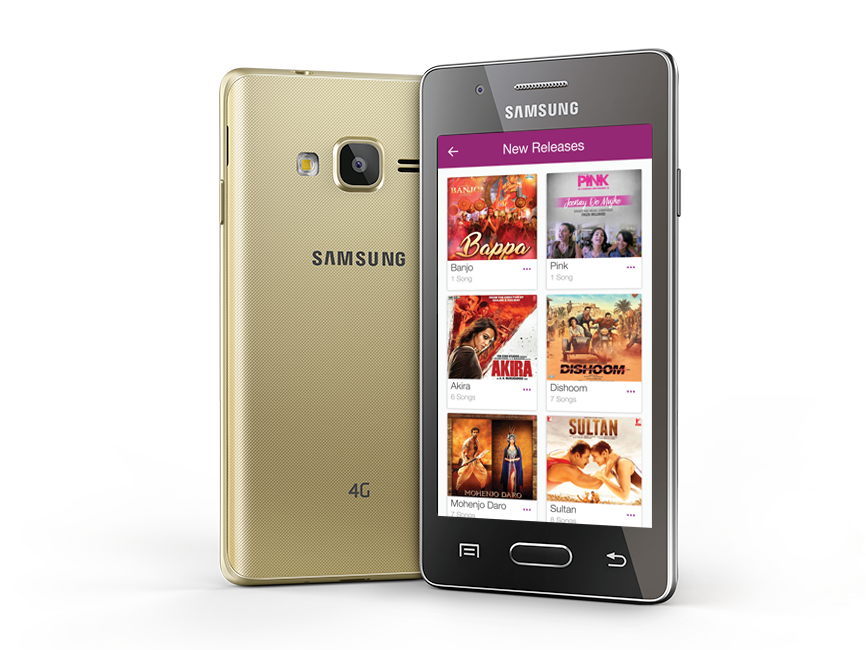
Samsung also demoed the new Z4 smartphone, an entry-level device that will be launched initially in India on May 19 with other countries to follow. Tizen may have originally been developed for smartphones, but it first debuted on a wearable and has seen its growth largely driven by connected home devices like refrigerators and TVs rather than phones. But that’s set to change with Tizen 4.0:
Tizen 4.0 will provide a development environment that can be refined according to the characteristics of various devices by subdividing functional modules. In addition, the Tizen 4.0 platform has been extended to Tizen RT (Real-Time) to involve high-end products such as TVs and mobile devices as well as low-end products such as thermostats, scales, bulbs, and more.
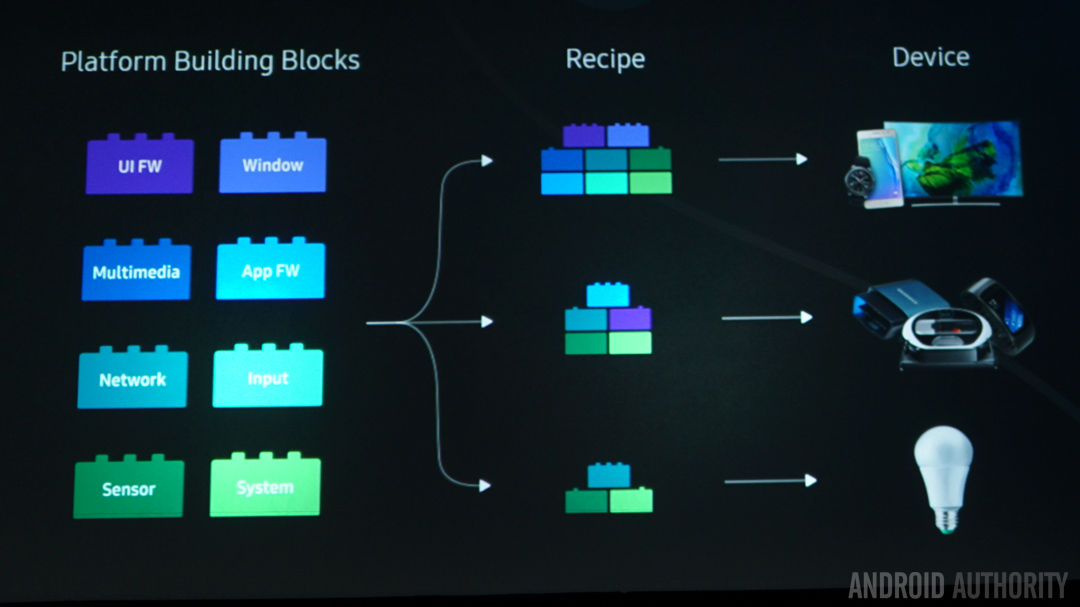
Modules for the win
Modularity may not have proven too successful in smartphone design so far, but for developers it’s a great way to rapidly expand an ecosystem. Samsung is also working with partners including Microsoft to introduce the .NET and Xamarin framework “so that C# language-based applications can be developed in the Visual Studio environment for increased productivity.” IoT and lightweight devices are a key focus for Tizen moving forward.
Samsung also has plans to expand its cooperation with hardware partners including chip makers like Samsung ARTIK and Broadlink in China as well as smart home device manufacturer Commax in Korea and the location based service provider Glympse in the U.S. (Glympse announced its location sharing service will now be available on Samsung TVs).
What this all means is that we’ll soon be seeing a marked increase in available apps and supported products. In fact, Samsung says it expects to see ten times more apps made available in 2017 compared to last year, with millions of dollars of developer incentives to encourage new apps on the Tizen platform alongside ports of apps created for other operating systems. That’s why you’ll see the likes of Asphalt 8 and Temple Run on the Z4.
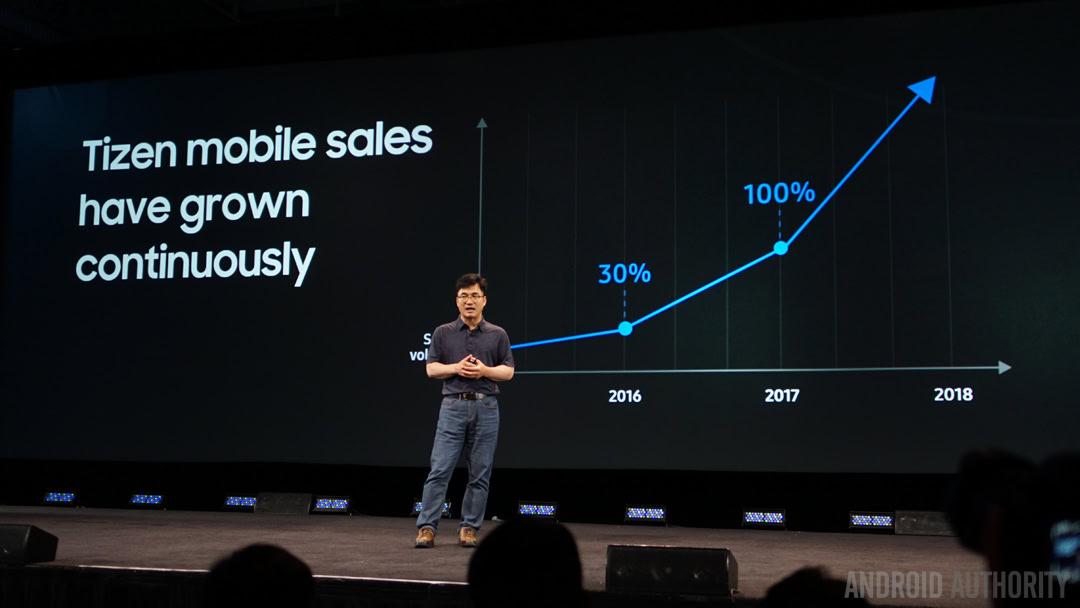
Tizen all the IoThings
It’s a little premature to claim that Samsung ultimately plans to take out Android by focusing on smartphones for emerging markets alongside IoT and connected home products. Tizen’s mobile reach is miniscule compared to Android’s, but Samsung doesn’t look to be slowing down the development of Tizen at all and its mobile sales have grown in recent years too.
Should Samsung’s relationship with Google ever go sour, having a capable back up plan is a wise move. But as Tizen grows year by year, it becomes less and less of a backup plan and more of a competitor for a different class of connected products. Samsung may ultimately need Google and the Play Store to ensure the success of its Galaxy phones, but Google arguably needs Samsung even more when it comes to IoT and other connected devices.
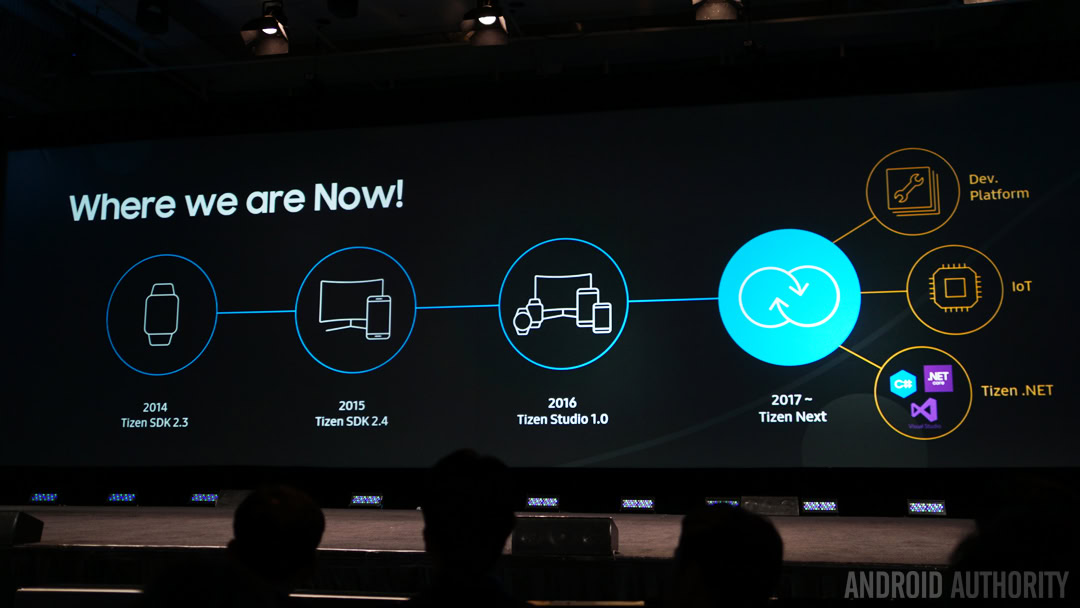
Samsung also took the opportunity to announce the first Tizen RT component: the new ARTIK 053 module, a lightweight IoT chipset with integrated real-time processing. The ARTIK 053 module provides “high-performance and hardened security for next-generation products like connected home appliances, building products, health care devices, and industrial automation”. It will contribute to reductions in development time thanks to its 320MHz ARM Cortex R4 core with 1.4 MB RAM and 8 MB Flash storage, complete with a pre-certified Wi-Fi radio.